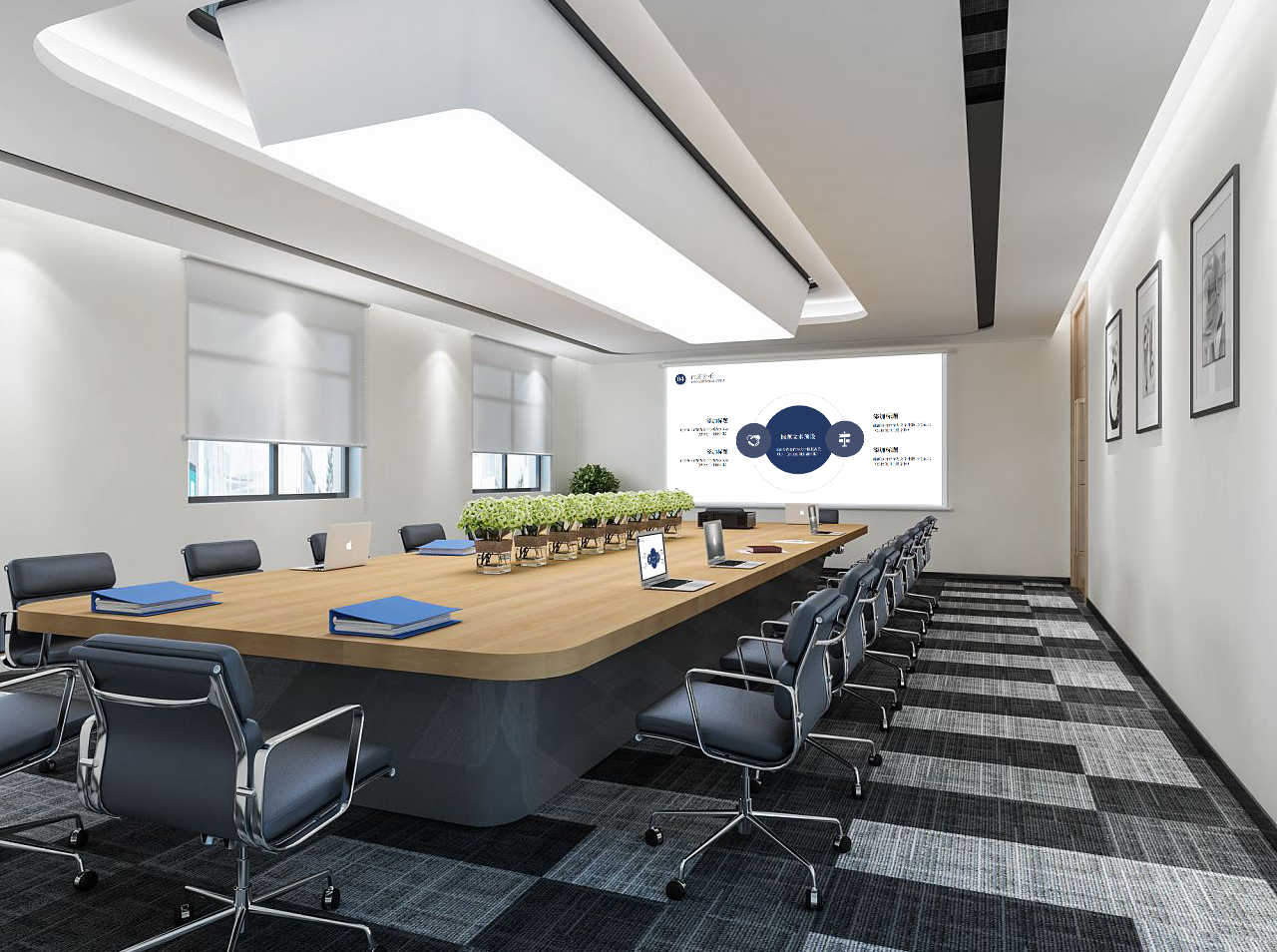Complete Guide to Conference Screen Mirroring: A Comparative Review of Five Computer Screen Mirroring Solutions
Facing the numerous conference screen mirroring solutions on the market, how should enterprises choose? This article will provide a detailed comparison of five mainstream computer screen mirroring solutions, helping you find the most suitable method for your enterprise’s conference screen mirroring needs.
Wired Connection Solutions
HDMI Direct Connection
-
Pros: Highest stability, lossless picture quality.
-
Cons: Cable length limitations, inconvenient for movement.
-
Applicable Scenarios: Important presentations, large conference rooms.
Type-C Extension
-
Pros: Single-cable connection, supports various devices.
-
Cons: Requires adapter equipment, higher cost.
-
Applicable Scenarios: Users of modern thin and light laptops.
Wireless Screen Mirroring Solutions
Professional Wireless Screen Mirroring Device
-
Pros: Good stability, supports multi-user switching.
-
Cons: Requires dedicated hardware, higher initial investment.
-
Applicable Scenarios: Medium-sized conference rooms, frequent meeting scenarios.
Software Screen Mirroring Solution
-
Pros: Low cost, rapid deployment.
-
Cons: Relies on network quality, lower security.
-
Applicable Scenarios: Small teams with limited budgets.
Integrated Conference Tablet
-
Pros: High integration, complete functionality.
-
Cons: Higher price, inconvenient upgrades.
-
Applicable Scenarios: Newly built conference rooms, high-end office spaces.
Each computer screen mirroring solution has its applicable scenarios. Enterprises should choose the most suitable conference screen mirroring solution based on factors such as conference room size, frequency of use, and budget.